Top 6 Breathing Techniques To Boost Immunity
Today’s world is running a rat race that is imbalanced and dominated by our relationship with technology. Men, women, and children have become slaves to the internet, social media, and technology, all of which increases our screen time. When we work on computers or laptops, we tend to lean forward, extend our necks, and round our shoulders, while compressing the rib cage that collapses our lungs not giving us enough space to expand, thereby lowering our immunity. Excess screen time also affects melatonin production, which regulates our sleep, and plays an essential role in strengthening the immune system. So, what can we do? How can we get beyond this, and limit the poor functioning of our immune system? Well, here is a one-stop solution – Pranayama.
Some mechanisms by which pranayama improve our immune system include:
- It increases oxygen levels in the body, and diseased cells like cancer cells cannot survive in an oxygen-rich environment.
- It increases the genetic activity of white blood cells, and also increases their number to help fight illnesses.
- Repeated deep breaths will naturally improve your heart rate, thereby improving the autonomic nervous system and immunity.
- Negative attitudes and feelings can create chronic stress. This upsets our body’s hormone balance, depletes brain chemicals required for happiness, and damages the immune system. Pranayama increases the happy hormone levels: endorphins, chemicals in the brain that act as natural painkillers and reduce stress.
- Pranayama arrests the hypothalamus’ sympathetic area (fight and flight) without affecting the parasympathetic function (rest and digest). Thus, it decreases sympathetic activity without affecting the activity of the parasympathetic system.
- Pranayama improves our sleep resulting in an improved immune system. How? When we sleep, our immune system releases specific cytokines, which increase with infection or inflammation, or during periods of stress, to combat illness. If the body is sleep-deprived, it may decrease the production of these protective cytokines and infection-fighting antibodies.
- It helps in reducing inflammatory markers like CRP that weakens the immune system.
- It also improves the health of the spleen, the thymus, bone marrow, and the lymphatic system – all of which are hubs for immunity.
Sitting in Pranayama:
Checklist before practicing pranayama:
- Sit on a chair, or on a mat in sukhasana, padmasana, vajrasana, or ardha padmasana.
- Keep the upper body straight and erect.
- Make sure the head, neck, and back are in alignment.
- Keep the shoulder and abdominal muscles relaxed.
- Make sure the hands are resting on the knees.
- Ensure the eyes are closed.
- Make sure the body remains motionless during the practice.
- Belly Breathing
Activity: Place one hand on your chest, and the other on the stomach, and observe your breathing now.
Is it through the chest or the stomach? Mostly, it would be your chest. Let us now try and breathe through the belly because that is how we would breathe in, when we were babies.
When we take deep, intentional breaths from our bellies (as opposed to our chests), we activate the diaphragm, the thin skeletal muscle underneath the heart and lungs that separates them from the abdominal cavity.
Hence, belly breathing is called diaphragmatic breathing, or the natural way of breathing. It is when your lower belly expands horizontally as you inhale, and draws inwardly when you exhale. This also helps to strengthen your entire digestive system. Since 70 to 80% of our immune tissues are present in our digestive tract, breath work can vastly improve the body’s immune response.
For a better understanding, watch the video on Diaphragmatic Breathing.
- 4-10-8-4 Breathing:
This way of breathing helps to detoxify the body by expelling all the carbon dioxide, which could obstruct the path of free-flow of our energy.
Breathing technique:
- Inhale for 4 counts (belly expands, while your chest and upper body stay still).
- Hold your breath for 10 counts.
- Then, exhale for 8 counts (belly contracts, while your chest and upper body stay still).
- Hold your breath for 4 counts.
- Repeat this “inhale, hold, exhale, hold” pattern for six rounds, and do this daily.
Contraindications: pregnancy, serious cardiac and hypertension cases.
- Kapalbhati:
“Kapal” means “skull”, “Bhati” means “shining”. This breathing exercise can remove 80% of the toxins in our body through the outgoing breath, thereby improving the immune system.
For better understanding, refer to this video on Kapalbhati.
- Wim Hof Breathing:
The Wim Hof method includes a powerful breathing technique to help you unlock a host of benefits. This breathing improves brain functioning, reduces inflammation, improves autoimmune diseases, and also reduces bodily discomfort.
Breathing technique:
- Sit in a comfortable position.
- Take in a quick, deep breath through your nose.
- Exhale passively through your mouth.
- Repeat 30x (30 times).
- Take one deep breath in, and exhale fully until your lungs are empty.
- Hold your breath till your body allows you to.
- Once you can no longer hold your breath, inhale as deeply as you can, and hold for 15 seconds.
- Exhale fully.
Contraindications: pregnancy, cardiac patients, slip disc, lower back pain, peptic and duodenal ulcers, and hypotension.
- Vagus Nerve Breathing:
The vagus nerve is a critical part of your parasympathetic nervous system, and therefore helps to reduce stress, lower elevated heart and breathing rates, prevent unnecessary long-term inflammation, and resets your immune system, so it does not overreact and over respond.
Breathing technique:
- Find a place, where you can relax and lie down in a comfortable position
- Take a slow breath in through your nose for a count of 4
- Hold your breath for a count of 2
- Exhale slowly through your nose, while producing a humming sound
- Allow the exhale to feel soft and steady
You can experiment with different rhythms and pitches, eventually lengthening the duration of your humming exhale.
If it feels natural, allow your top and bottom teeth to slightly vibrate as you exhale while humming.
Contraindications: pregnancy, chronic migraine, stroke, heart issues, and hypotension.
Best Time to Practice?
Pranayama needs to be done in the morning, or anytime during the day. Ensure you keep a gap of at least 2 hours after your last meal.
What should be the Duration?
Even 5 minutes of this practice is powerful for your lungs, and will bring in great results. If practiced regularly with a conscious effort of dedicating 5 – 10 minutes to it, you will train your lungs to work efficiently, and then, breathing this way will become an automatic phenomenon. Additionally, each of these breathing exercises maintains homeostasis in your body, i.e., our natural state of equilibrium. When our body is in optimum homeostasis mode, everything works efficiently.
|
From a pimple to cancer, our You Care Wellness Program helps you find a way Talk to our integrative team of experts today 18001020253 |

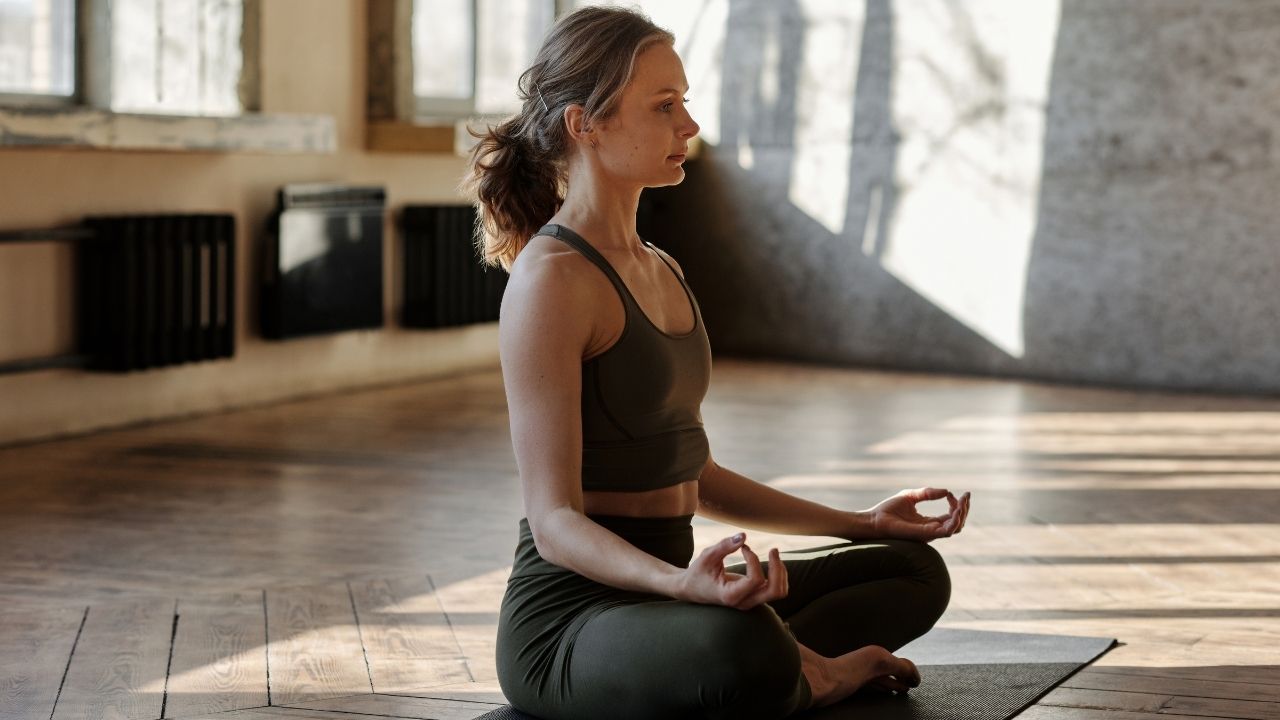


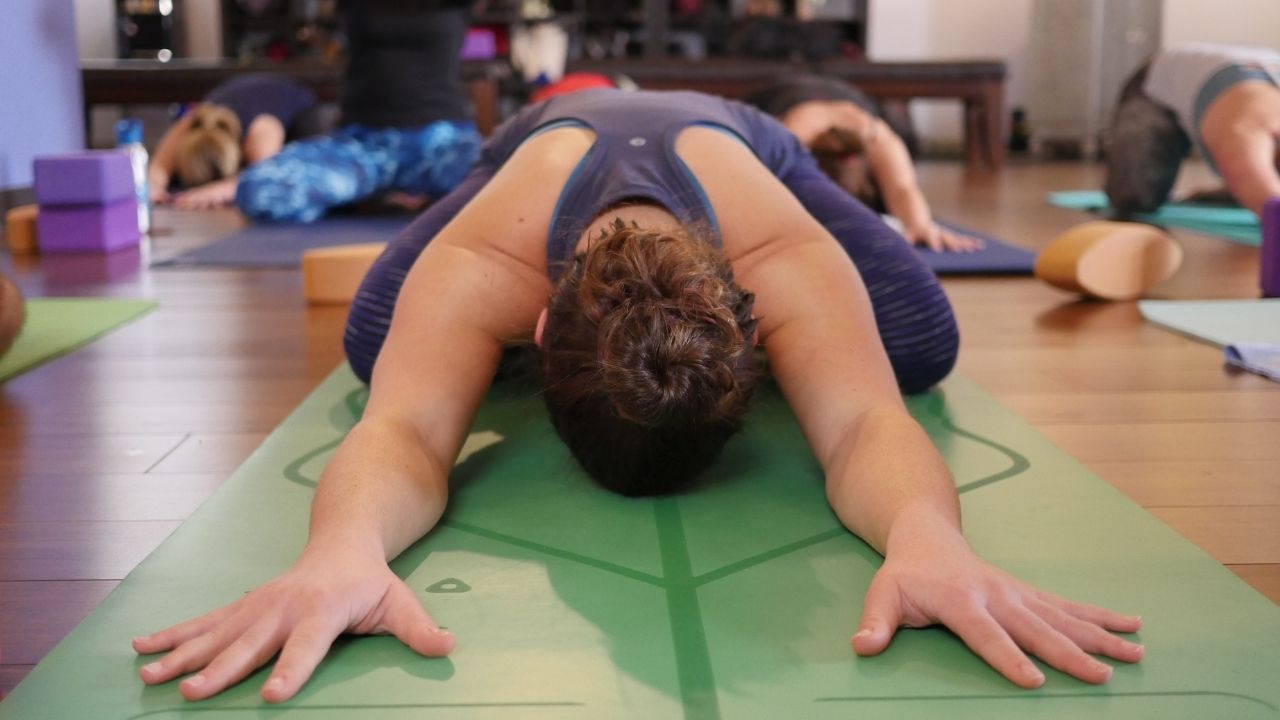

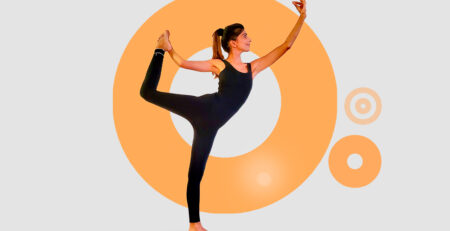
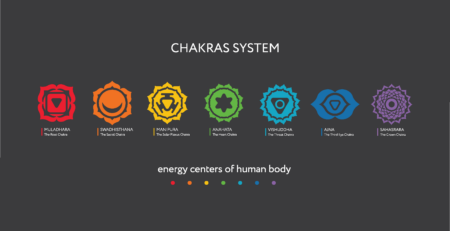
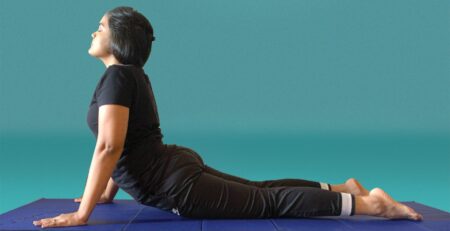

Leave a Reply